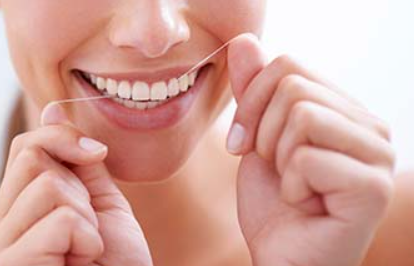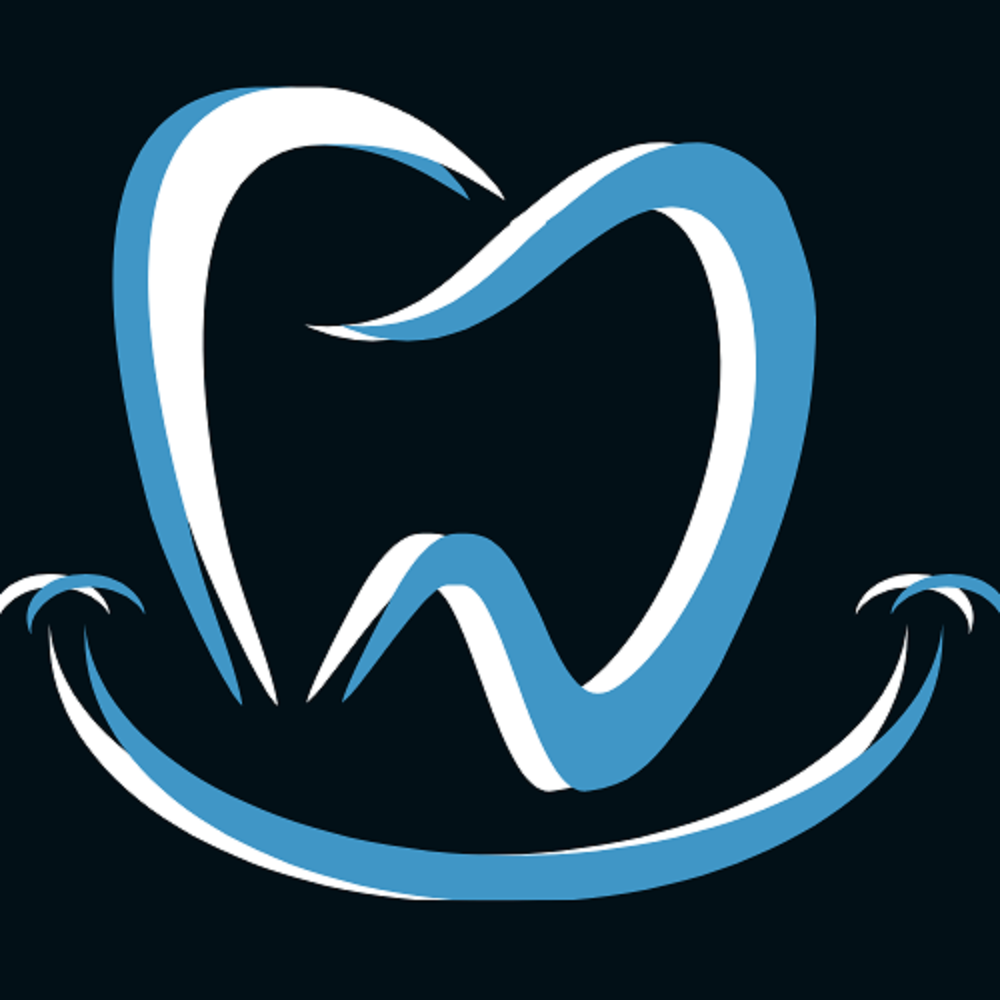Do you ever wonder why your teeth don’t appear like those of models with shining white teeth? Have your teeth become discolored over time or as a result of taking drugs for a medical condition? Do you have stained teeth because you smoke or consume coffee? Today, we’ll look at 5 ways to whiten your teeth and how to get rid of yellow teeth.
Patients regularly inquire about how to whiten their discolored teeth. Teeth staining or yellowing can occur at any moment, but there are various teeth whitening treatments available to improve your smile without harming the enamel surface.
Before you try any at-home remedies or make a whitening session with your cosmetic dentist, learn more about why some teeth are discolored and what alternatives you have for brightening your smile.

What Makes Teeth Turn Yellow?
Teeth discoloration isn’t always your fault. Because tooth color varies naturally, your genetics may play a role in determining it.
Tea and coffee, as well as tobacco and red wine, can discolor teeth. Foods that stain clothing or table linens, such as blueberries, cherries, beets, and pomegranates, can have the same effect on your teeth. Tooth discoloration can be caused by drugs (such as antihistamines or antibiotics) or health issues (such as oral trauma or poor dental care).
You may notice your teeth yellowing as you get older, even if you brush and floss regularly. The outer layer of your tooth enamel thins over time, showing more of the yellow dentin layer beneath. While age plays a role in tooth discoloration, you can turn back the clock on your pearly whites.

Types of Tooth Stains
Before you go out and buy whitening toothpaste or other treatments, it’s a good idea to learn more about the many types of teeth stains. After all, they may not react to whitening treatments in the same manner, so it’s important to know what you’re up against. The three most common types of tooth stains are as follows:
- Extrinsic stains are typically caused by foods and beverages. Because the stain is on the surface of the tooth enamel (the outer layer), it is easier to remove.
- Intrinsic stains – Stains that penetrate deeper into the dentin (the soft layer beneath the enamel) may require a stronger whitening treatment.
- Age-related stains – These stains are below the enamel and more difficult to remove since they are caused by changes in your teeth or body over time.
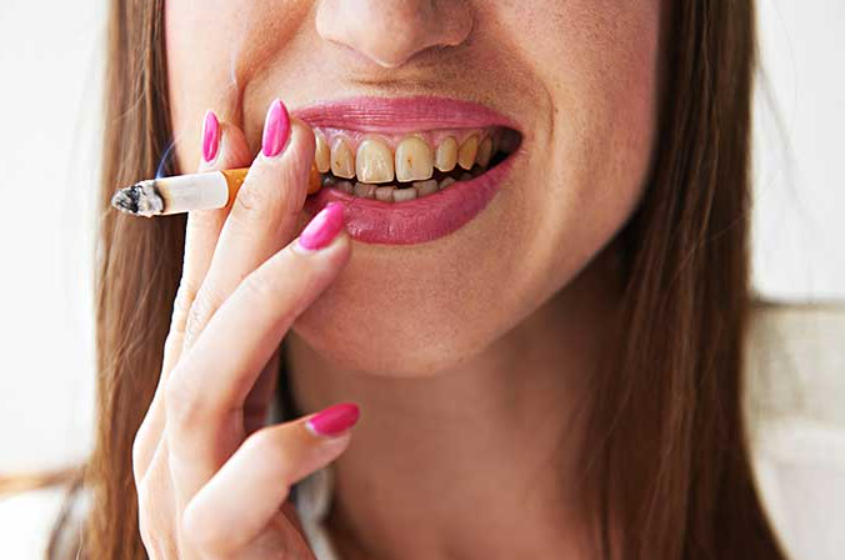
How to Get Rid of Yellow Teeth
Let’s discuss how to get rid of your yellow teeth and fall in love with your new whiter, brighter smile. You may have heard about home remedies from relatives and friends, or you may have found ones on the internet. Some may be beneficial for moderate extrinsic stains, while others are ineffective or lack scientific data to back up their promises of whitening.
Here are a few of the most common home whitening solutions:
- Oil Pulling – This approach is swishing one or two teaspoons of coconut oil around your mouth for 10 to 30 minutes. Simply spit out the oil, rinse your mouth, and drink a full glass of water to hydrate when you’ve finished swishing. Some people claim that oil pulling whitens teeth by removing microorganisms and lowering inflammation in the mouth.
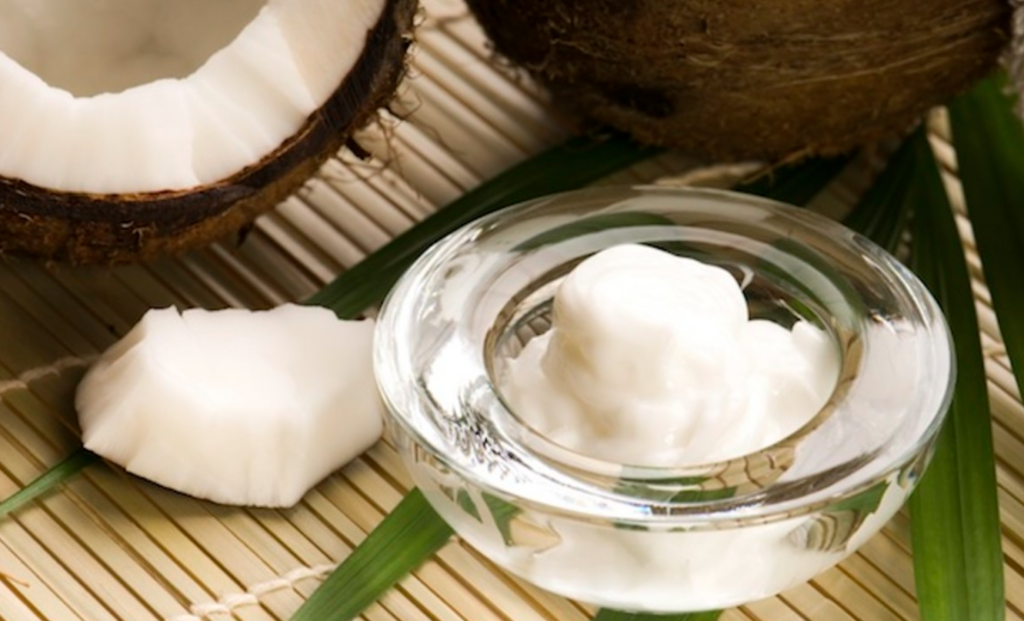
- Apple Cider Vinegar – This common home item can be used as a mouthwash, but the acids in it can erode tooth enamel and cause cavities.
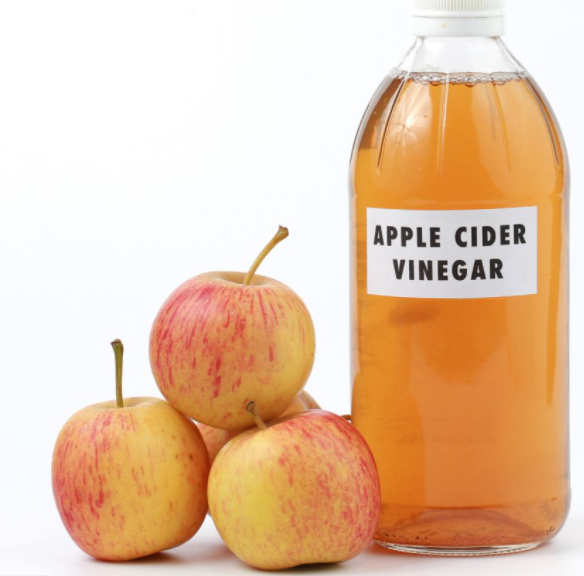
- Baking Soda and Hydrogen Peroxide – Some people form a paste with these two ingredients to whiten their teeth. The mixture may help with moderate dental stains, but you won’t see any results for at least six weeks. If you wish to try this treatment, brush gently because baking soda is abrasive and can damage enamel. Also, any hydrogen peroxide should be spit out because it is not safe to swallow.
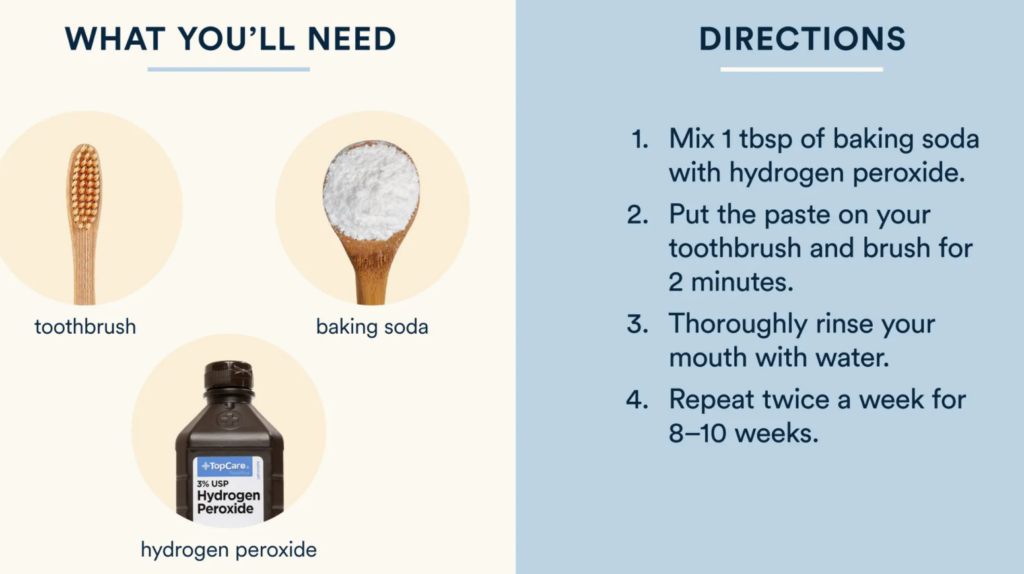
- Fruit Pulp or Peels – Mashing strawberries and putting them on your teeth, or rubbing banana or citrus peels on surface stains, is another home cure. These approaches, like apple cider vinegar, may cause more harm than good.
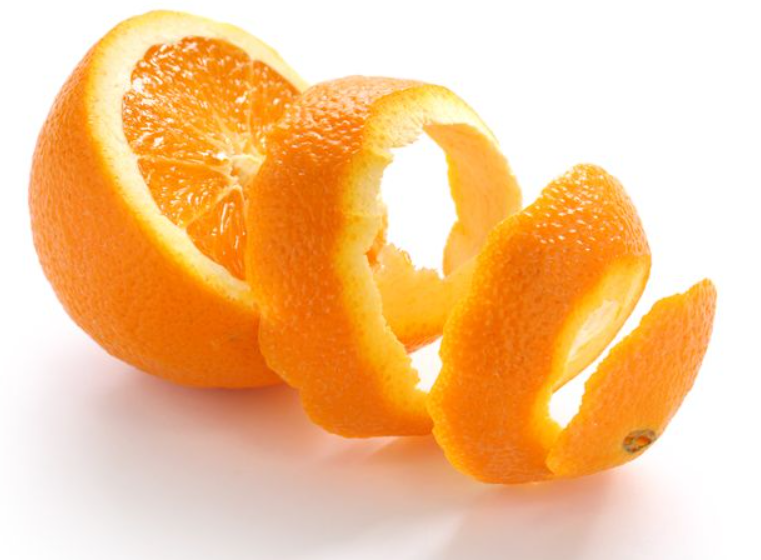
- Activated Charcoal – While activated charcoal can help eliminate plaque that causes dental stains, it might also be too abrasive for daily use.
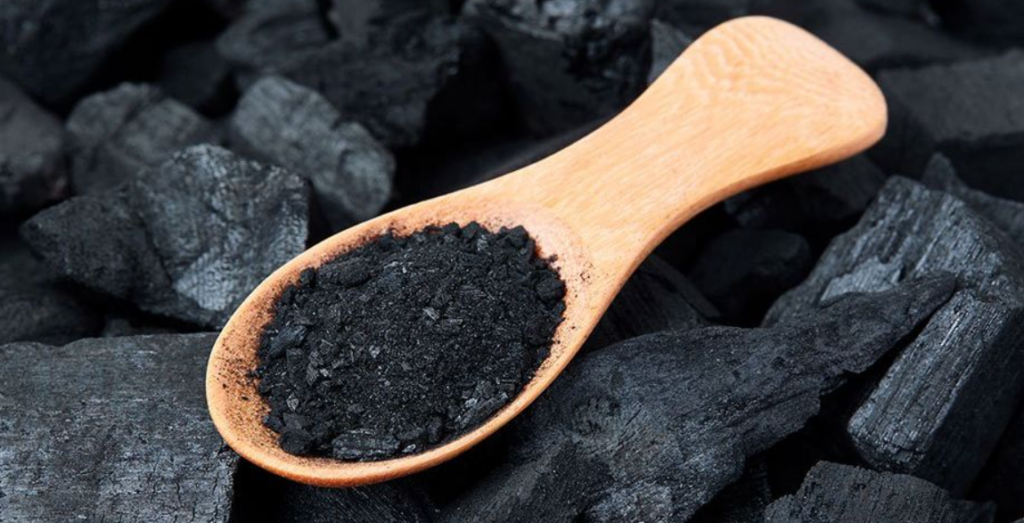
These home cures, with the exception of baking soda alone or in combination with hydrogen peroxide, are less effective than treatments provided by your dentist. Your dentist may offer two options: in-office treatments for rapid results or at-home treatments that work gradually.
The following are the procedures for removing tooth discoloration:
- Bleaching Trays – With this whitening option, you have complete control over the whitening process. We build bespoke trays to fit your mouth and provide you with home bleaching gel. This procedure can be used to lighten your teeth as much as you desire, then just used once in a while to keep your brighter smile. However, you should be aware that this easy and popular choice can make your teeth more sensitive. You may wish to use your trays for only a brief period of time to allow your teeth to acclimatize.
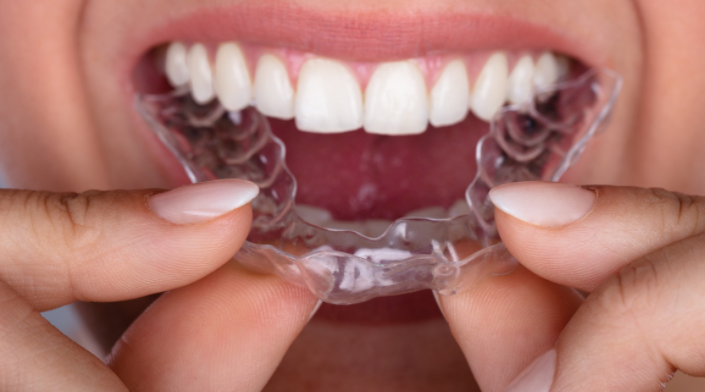
- In-Office Bleaching – To achieve a brighter smile in a short amount of time, we utilize a concentrated product for a short period of time. This procedure also lessens the sensitivity that some patients may experience when using home bleaching trays.
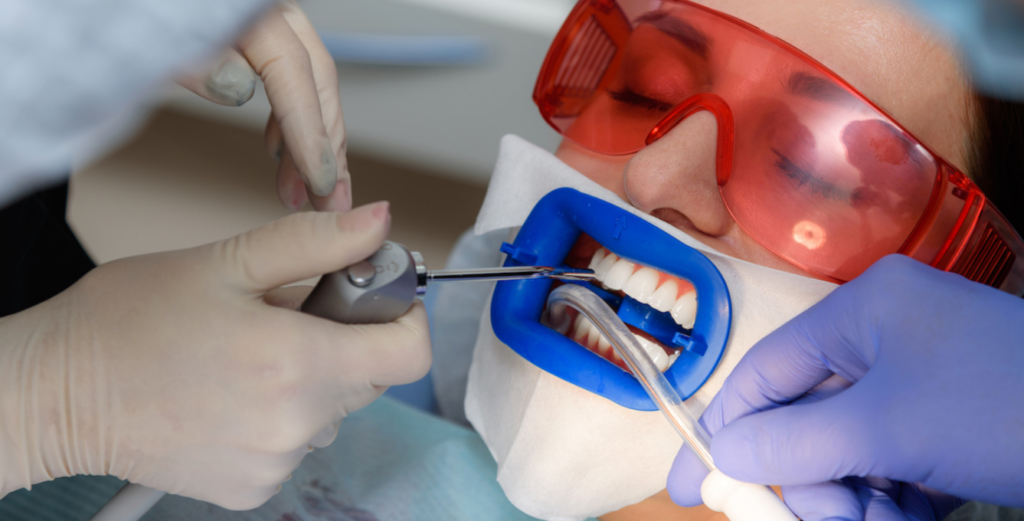
If you’re concerned about treatment costs or sensitive teeth, you might want to check for over-the-counter medications at your local pharmacy. Whitening strips, whitening toothpaste, mouth rinses, and a weaker solution for conventional trays are some of the options. While these treatments may bring some improvement, they will take time and may have more modest outcomes.
Brushing and flossing on a regular basis, especially after eating or drinking, is quite helpful. Cleanings and preventive dental care are two of the most effective strategies to keep your teeth healthy, clean, and bright.
